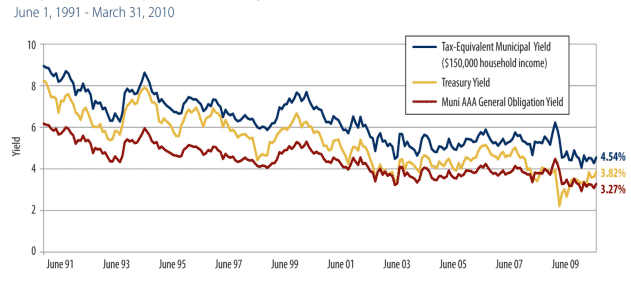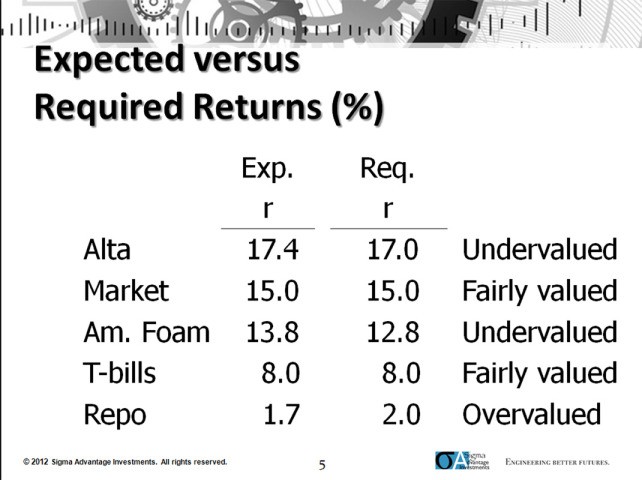Calculating and Comparing Treasury Bill Returns
Post on: 16 Март, 2015 No Comment

Just like when teaching class, if one person asks question, usually multiple people have the same question. Unless its that annoying person who always ask questions like Do I have to put my middle name on the exam? Will you mark down for that?
Anyways, someone asked how to calculate and compare T-Bill returns to online banks. even without adjusting for tax. Ill base this off of the recent Treasury Bill auction results. Lets take the most recent one:
Term How long until the T-bill matures
Issue Date When the T-bill is actually issued, and when the Price per $100 is taken out of your bank account for online payment.
Maturity Date When the T-bill matures, and you get paid full par value (multiple of $1000) of your T-bill into your bank account.
Discount rate This is the rate actually set at auction, which is why its always a nice round number like 4.540 in this case. You really dont need to pay attention to this rate, but here is how its figured out anyways. The discount rate is the annualized rate of return based on the par value of the bills and is calculated on a 360 -day year.
Price per $1 of T-bill = 1 (discountRate * term / 360)
or in this case = 1 (.04540 * 28 days / 360 days) = .996468888
which matches the listed Price Per $100 of $99.646889.
This means that for a T-Bill with a maturity value of $1,000, you would pay $1000 x .996468888 = $996.47.
Investment rate This is the rate you should really look at. It is APR, not APY. Therefore it is based on our regular 365-day year, and reflect the actual annualized rate to maturity.
Return per $1 invested = investmentRate * Term/365
or in this case = .04619 x 28 days/365 days = $0.00353.
So if you bought a $1,000 T-Bill, you would get $3.53 of interest after 28 days, and pay ($1000-$3.53) = $996.47 upfront. Notice how that matches the number above?
The CUSIP is just an identification number for securities.
But wait we always compare APYs of banks! So how do we find the APY for T-Bills?

APR = PeriodicRate x Periods in a Year
.04619 = 0.00353 x (365/28)
APY = (1 + PeriodicRate)^(Periods in a Year) 1
= 1.00353^(365/28) 1 = .0472 =
4.70% APY
Of course, to actually get this rate for a whole year, this assumes that you have a year of consecutive 28-day T-Bills at the same rate, which wont happen. [Added: It also assumes you can reinvest the interest at the same rate seamlessly, which you can’t. But you can reinvest them somewhere else. See comments.] But this is what online banks are like as well, since they change their rates all the time. Again, we are ignoring any tax benefits as T-Bills returns are exempt from state and local taxes.
So there you go. I hope this helps people better understand the auction results page, and realize that you can do a bit better than the APR, but probably not as good as the APY, if you reinvest the interest from your T-Bills.
Ive also used this information to make a 28-Day Treasury Bill APY Calculator .














